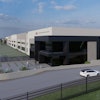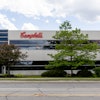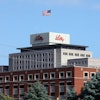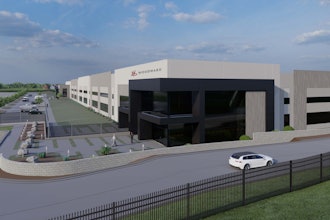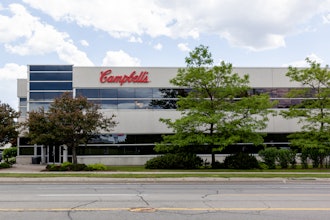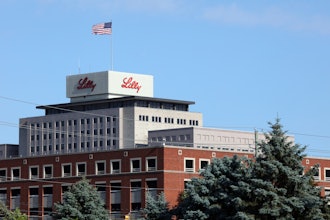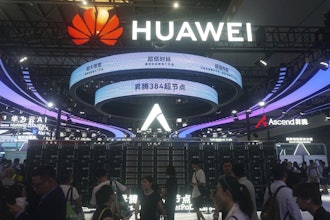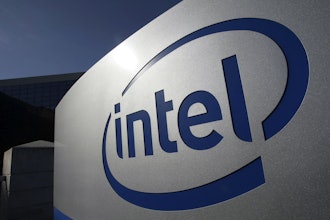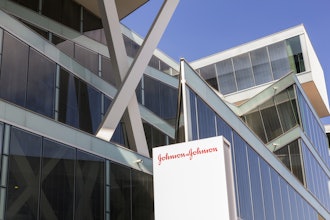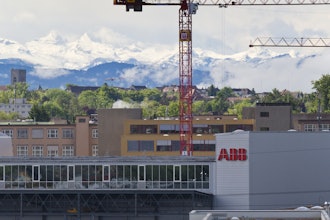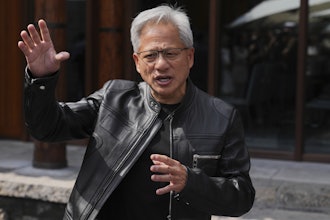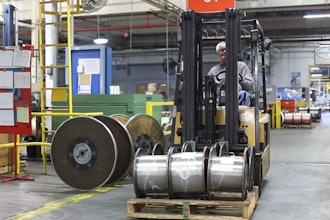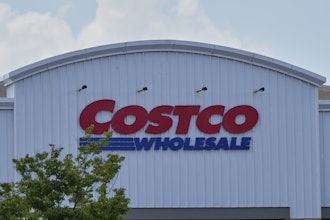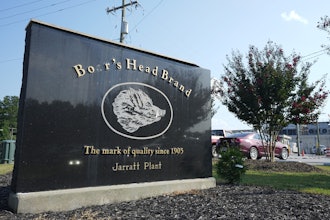
Implementing leaner and greener operations is a high priority in every industry. Improving energy efficiency is not only an environmental concern for many companies looking to achieve sustainability goals, but also a fiscal one—lower energy consumption translates directly to bottom line cost savings.
While many facilities base efficiency improvement programs around modernizing process equipment, reducing energy use and environmental impact can be as simple as changing the lights. Upgrading to modern, high-efficiency industrial LED lighting has become one of the single best investments for improving energy efficiency and sustainability, while delivering a substantial return on investment in terms of both energy cost and maintenance savings.
The High Cost of Lighting
Globally, the industrial sector uses over half of all delivered energy, and in the United States alone, more than 144 million industrial lighting fixtures consume 58 terawatt hours of energy each year. With 92 percent of U.S. facilities still relying on conventional, inefficient, and environmentally damaging HID lights, switching to high-efficiency LED fixtures in industrial facilities alone has the potential to slash U.S. industrial lighting electricity consumption by 52 terawatt hours—roughly the amount of energy it takes to light 37 million homes. That would generate a total potential cost savings of $3.6 billion annually, just by switching to industrial LED fixture.
While the benefits of an industry-wide conversion are clear and would be game-changing for U.S. energy policy and environmental efforts, converting even just one facility is a small step in the right direction and can deliver substantial benefits for any company. Here’s how:
LEDs cut lighting energy use by 90 percent. High-efficiency industrial LED fixtures deliver twice the light with half the energy, generating up to 60 percent more light output at the source compared to non-LED systems. This not only means lower energy consumption per light and overall, but also potentially fewer fixtures may be required to light the same area. As a result, an LED retrofit may require less wiring and other infrastructure, which ultimately lowers maintenance burden. Not to mention the fact that many LED fixtures themselves require virtually zero maintenance with the best models guaranteed to last 10 years or more. In many cases, the combined energy and maintenance savings of an LED upgrade pay for the project in less than two years, with every dollar saved after that going straight to the bottom line.
LEDs eliminate unnecessary burn time. Because conventional HID fixtures typically require a warmup period to come up to full output, most facilities simply leave them burning 24/7. While this eliminates productivity and safety issues that may occur during the warmup, it also wastes a tremendous amount of energy, especially in facilities that benefit from natural daylight. On the other hand, LEDs have instant-on capability, allowing them to easily be switched off and on at will, providing instant full-output illumination. They’re also dimmable, and unlike other conventional lights, doing so has virtually no negative effects on the fixture. These features enable LEDs to be equipped with smart controls like occupancy sensors, daylight harvesting sensors and dimmers that can reduce energy consumption up to 50 percent by simply eliminating unnecessary burn time.
LEDs reduce environmental impact. The abundant use of conventional HID lighting fixtures has a substantial negative impact on the planet, including our air, water and soil. Between the power generation demand and the disposal requirements, HID fixtures are among the most earth-damaging lighting systems on the planet. Switching to industrial LED fixtures across the board would reduce nitrous oxide and sulfur dioxide pollution by 67,000 tons, drastically reducing the incidence of acid rain, smog and respiratory issues. It would also slash carbon emissions by 28 million metric tons—the equivalent of taking 6 million passenger cars a year off the road. The reduced electricity demand would also eliminate the consumption of 5 million gallons of natural water used in the power generation process, freeing up enough water to supply 17,000 households.
Meanwhile, HPS bulbs—the most common non-LED light source used in industrial applications—contain enough mercury to poison an entire classroom in a single bulb, along with tungsten and other compounds that qualify as hazardous waste. With millions of these lamps installed and replaced often, this represents a substantial risk to both humans and the environment. Because of their hazardous material status, they are subject to proper hazmat disposal protocol, which adds to the environmental and operational costs of using HPS fixtures. Industrial LED fixtures, on the other hand, contain no hazardous materials, making them a much safer lighting solution for people and the planet.
LED Lighting: The Cleaner, Greener Alternative
As the evidence shows, industrial LED lighting solutions are a more environmentally friendly and energy efficient alternative to conventional HID lighting for manufacturing and production facilities. In addition to these sustainability and fiscal benefits, LEDs are also proven to deliver clearer, crisper lighting compared to HPS, which also enhances workplace safety by improving visibility and clarity throughout the facility. And because LED fixtures last up to 10-times longer than conventional fixtures, this long-life performance delivers additional maintenance savings while also freeing up personnel for more mission-critical tasks beyond changing light bulbs.
Beyond the direct benefits of upgrading to high-efficiency industrial LED fixtures, companies that make the switch also enjoy the positive customer and public perception that comes with being environmentally conscious. In an era in which environmental and social sustainability is a high priority for consumers, upgrading to LED lighting can have far-reaching advantages beyond bottom-line operations.
Luis Ramirez is Dialight’s Chief Operations Officer and is responsible for global operations, including: direct and contract manufacturing; supply chain, planning and logistics; quality, warranty and technical services; and sustainability initiatives.

